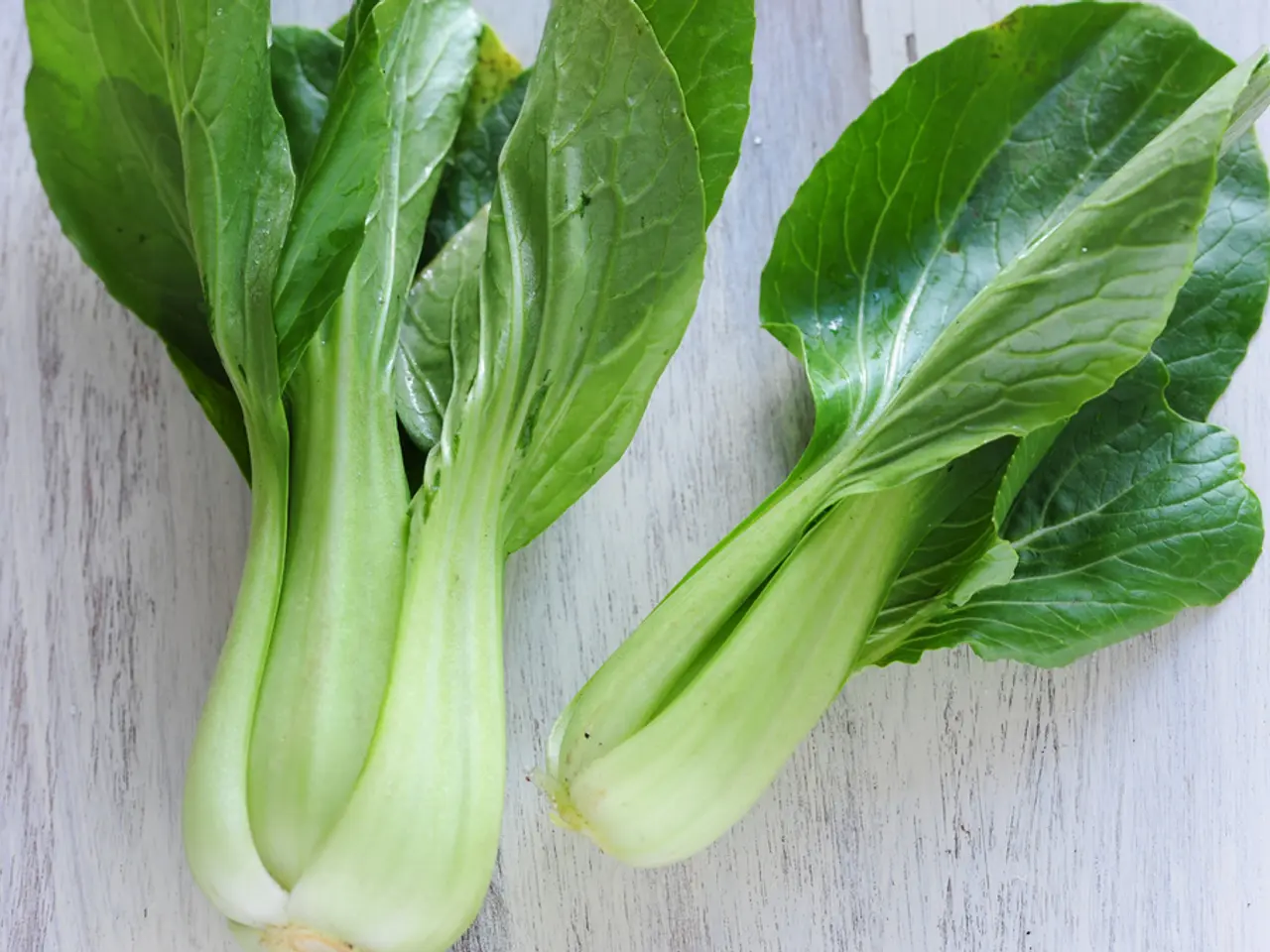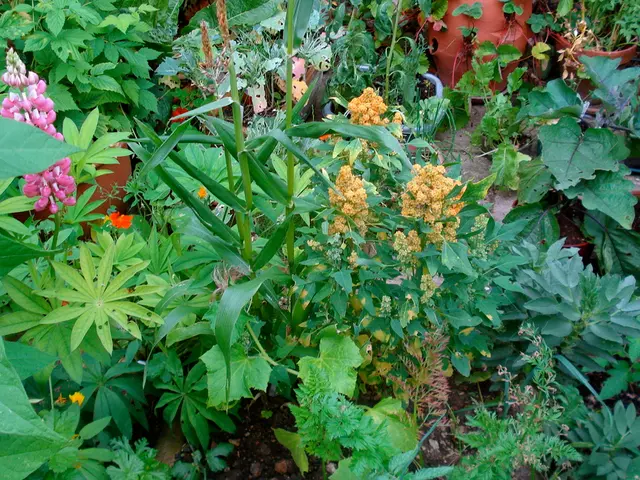Summer Vegetable Seedings: Choosing the Right Crops to Grow
# Sowing for a Summer to Early Spring Harvest: A Guide
Think you're done with seed sowing once summer rolls around? Think again! It's an opportune time to sow several crops, like salads, winter vegetables, and early spring vegetables. Let's dive into some suitable options.
Leafy Salads and Greens
Sowing isn't limited to spring; you can direct sow various greens every 1 to 3 weeks throughout summer for continuous harvests into fall. Some popular choices include:
- Lettuce, salad mix, and baby lettuce
- Asian greens, mustards, claytonia, cress, beet greens, spinach
Many of these greens can be cut 1 inch above the soil line, allowing them to regrow and extend the harvest period. Mustard greens and arugula are fast-growing favorites for succession planting.
Root and Winter Vegetables
Don't ignore root vegetables during summer! Sow carrots, beets, turnips every 2 to 3 weeks to ensure consistent harvests. Roots may take longer to mature in summer-planted crops, but they'll extend your harvest well into the cooler months when timed correctly. For improved success, cool the soil by covering it with cardboard before sowing.
Radishes and scallions are quick to mature and can be sown every 10 days to provide continuous harvests. Radishes are often mixed with carrots or beets to help mark rows.
Early Spring Vegetables and Others
Green beans, zucchini, cucumber, and sweet corn can be stagger-planted in summer to extend the harvest season up to early fall and sometimes beyond. Microgreens, which are fast to grow, are another great option for continuous harvests, both indoors and outdoors.
Succession Planting Strategies
Same Crop Staggered Planting
Sowing the same crop multiple times at 7-14 day intervals throughout summer ensures consistent harvests every 2-3 weeks. This approach works well for leafy greens, root vegetables like carrots and radishes, and bush beans.
Companion Planting
Pair shallow-rooted crops like lettuce with deeper-rooted crops such as carrots to maximize space and harvest.
Practical Tips
Start succession plantings early in summer and continue sowing until about 8-10 weeks before the first frost to ensure crops mature before winter. Use row covers or other protection to help extend the growing season for fall and early spring crops. Some crops, like scallions and certain greens, may even survive mild winters, extending the harvest into early spring.
Employing these strategies allows you to enjoy an uninterrupted flow of fresh vegetables from summer through to early spring. Happy sowing!
Sow leafy salads and greens like lettuce, salad mix, and baby lettuce throughout summer for continuous harvests into fall. Additionally, consider sowing root vegetables such as carrots and beets for extended harvests until cooler months, with succession planting their seeds every 2 to 3 weeks.








